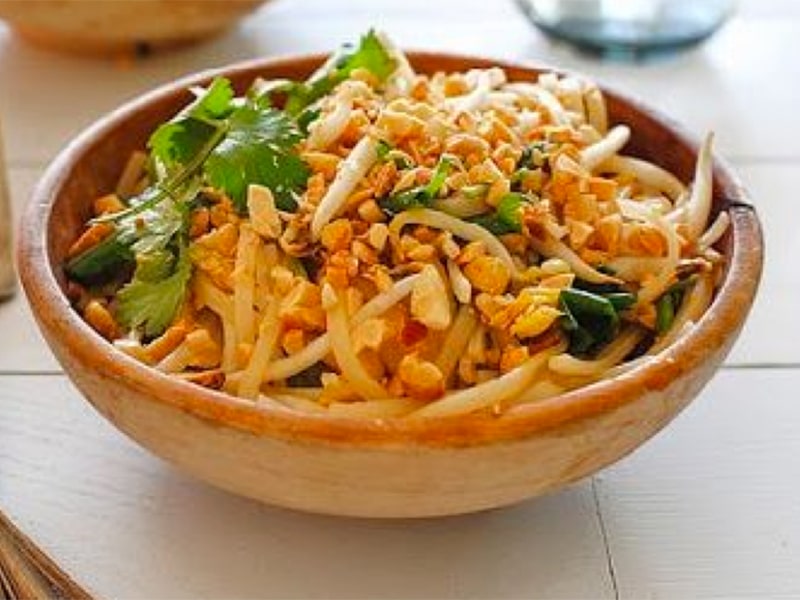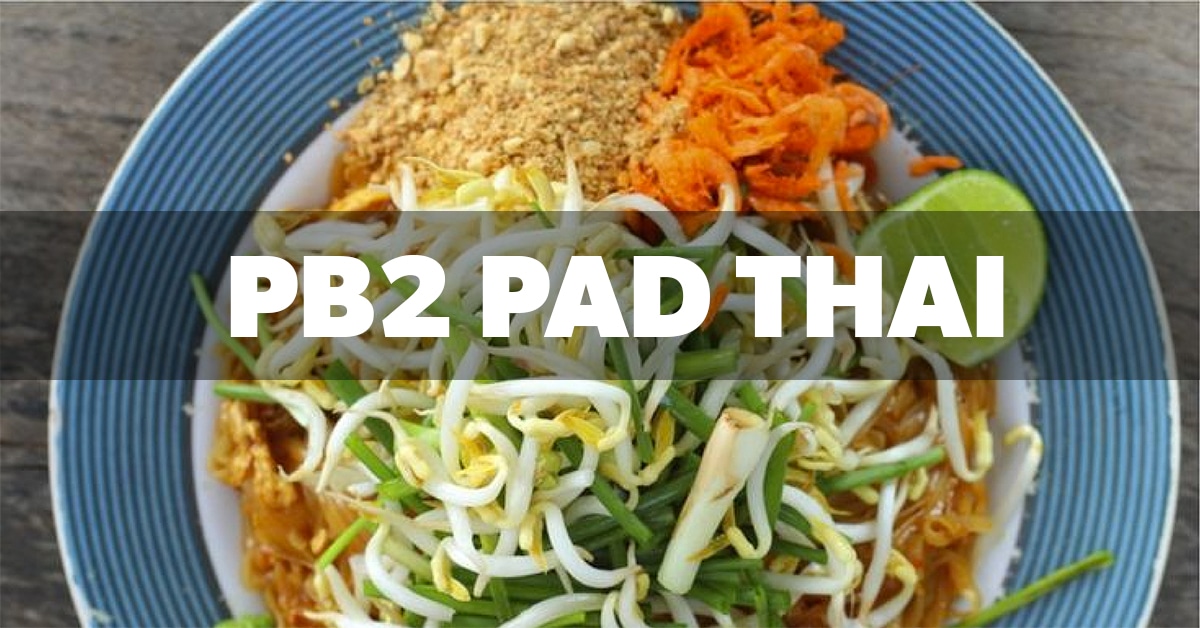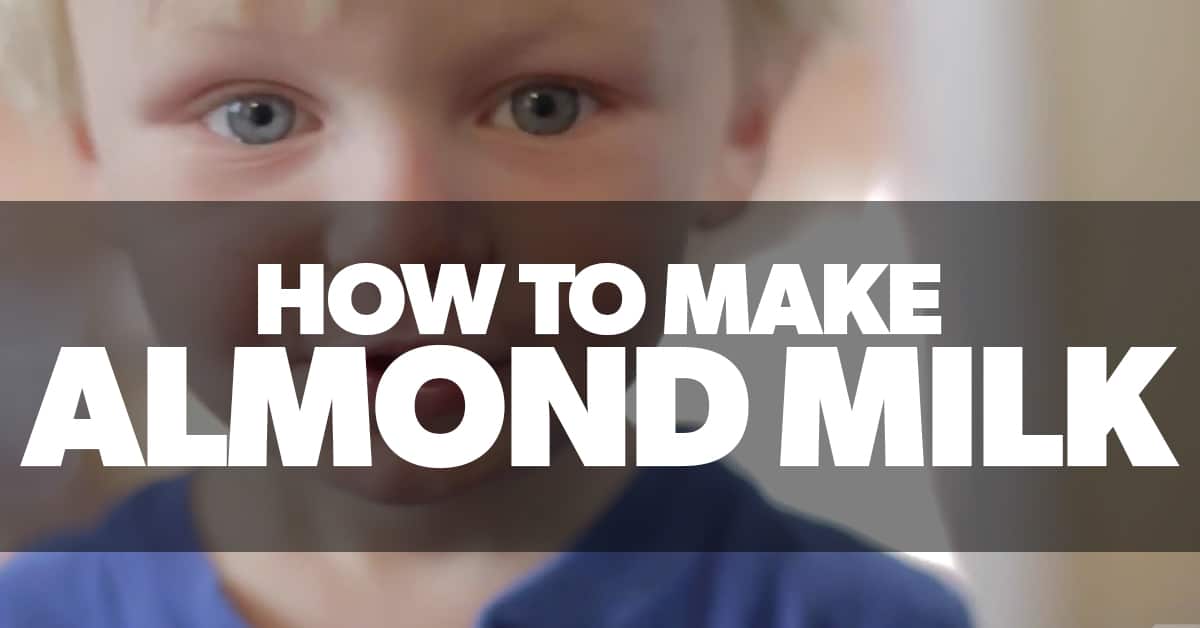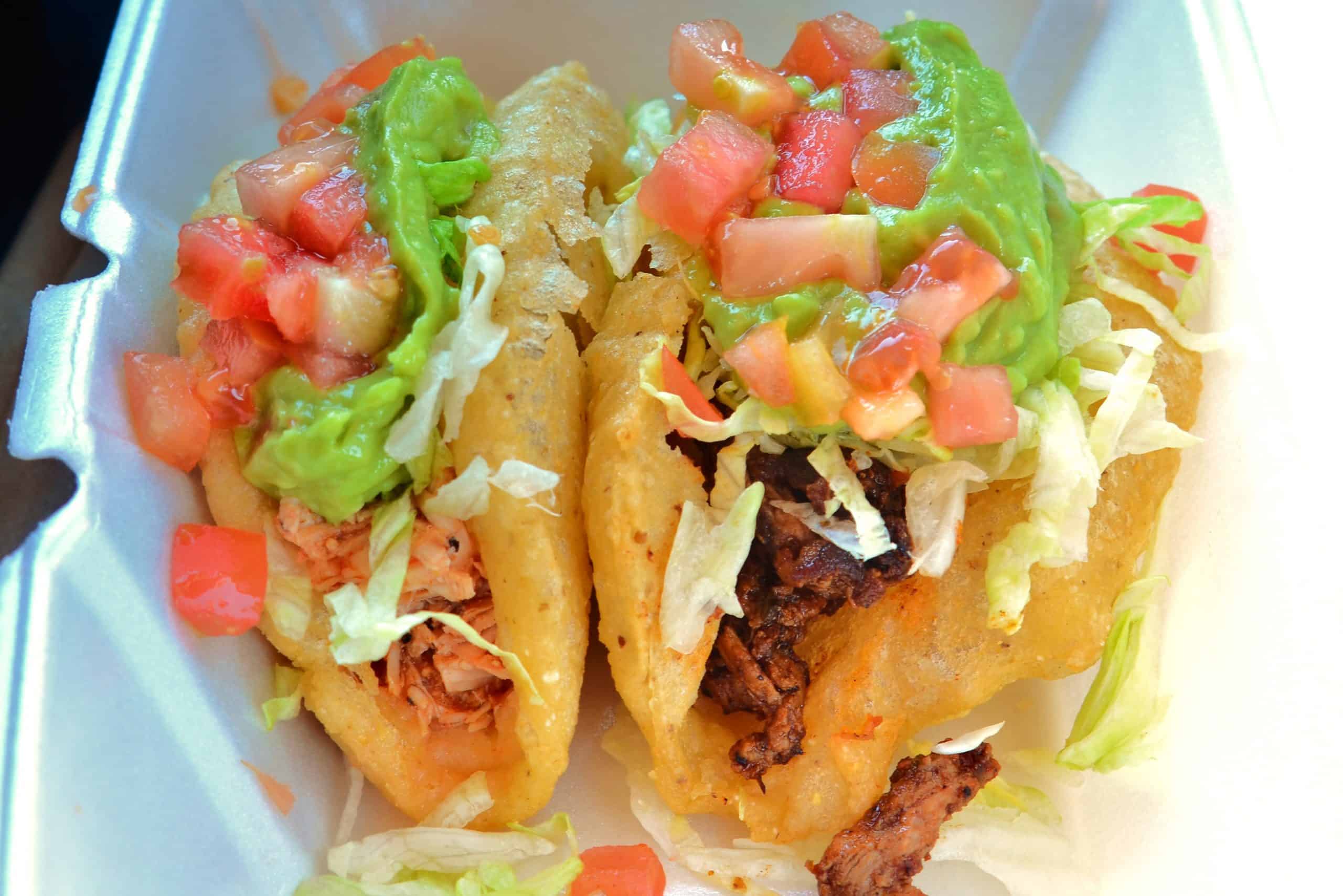
Hooray for PB2! It’s literally changed my life in terms of smoothies and meals. A fantastic peanut butter substitute – a quarter or less of the calories and packed with flavor. You won’t notice a difference except that the scale will still be in your favor!
The best part of making it yourself? Swap out any produce you typically pick around with something that you’ll be searching through the noodles for like buried treasure. Feel free to swap the shrimp for tofu or chicken and you’re good to go!
Serves 4
Ingredients
Peanut Sauce:
6 Tbsp. PB2
4 oz. hot water
1/2 Tbsp. sriracha
1 1/2 Tbsp. honey
1 1/2 Tbsp. low-sodium gluten free soy sauce
1 tsp. cornstarch
Stir Fry:
2 packets Shirataki noodles
1 Tbsp. extra-virgin olive oil
8 oz. steamed shrimp
2 cups broccoli slaw
1 red pepper, sliced
1 egg + 2 egg whites = beaten
1/4 cup chopped cilantro
Instructions
1. Make the peanut sauce in a small saucepan, whisking together the PB2, hot water, sriracha, honey, and soy sauce. Bring it to a boil, and then reduce the stove to medium-high heat. Sprinkle the cornstarch over the top, and whisk for about five minutes. Once the sauce has reduced enough to thicken, remove from heat. Set aside to prepare the stir fry.
2. Bring a large pot of salted water to a boil, and cook the shirataki according to the directions on the package. Drain, and set aside.
3. Place a large wok or heavy skillet on the stove on high, and heat the olive oil. Meanwhile, place the tofu and remaining cornstarch in a bag, and shake to coat. Alternatively, place them in a bowl, and toss gently.
4. Lay the shrimp in the pan, and once it begins to brown, flip it to cook on the other side. Once it’s evenly browned, add the broccoli, red pepper, green onions, and half of the chopped cilantro. Pour about ¼ cup water into the wok or pan, and allow the vegetables to steam and sauté for a couple minutes.
5. When the vegetables are tender, add the noodles to the pan. Pour the egg mixture and let it meld. Pour the peanut sauce on top, and toss the ingredients together to coat.
6. Transfer to a serving dish immediately, and garnish with the extra cilantro.
Benefits of Pad Thai
Keep You Active
As Pad Thai is rich in carbohydrates, it provides enough energy to keep you energetic throughout the day.
Improves Immune System
Pad Thai contains abundant amounts of Selenium, which is known to keep your immune system healthy. Additionally, it also contains Vitamin C, which helps to boost the white blood cell (WBC) production, which further helps in boosting immunity.
Helps Repair Muscles
Pad Thai is a protein rich dish. Proteins are the building blocks of our muscles. It also helps improve the metabolic rate of your body. If you eat it often, it can help in weight loss as well.
Beneficial for Eye Health
It also contains a generous amount of Vitamin A, lutein, and zeaxanthin, which is good for your eye health. Not only does it boost vision but also reduce the risk of macular degeneration and cataracts.
Frequently Asked Questions
Is Pad Thai good after a workout?
A standard serving of pad thai consists of around 1100 calories, 2500 mg of Sodium, and 40 grams of fat. Additionally, it also has a generous amount of protein and vitamin B as well. These nutrients are essential for muscle recovery after a post-workout regime.
Are Pad Thai healthy?
Pad Thai is a nutrient dense food that offers a variety of nutrients and health benefits. They are rich in carbohydrates, which serve as the energy source for our body and have minerals that boost our immune system.
Is Pad Thai good for breakfast?
As Pad Thai is delicious and nutritious, it is a great option for breakfast. It contains essential vitamins, minerals, protein, and other nutrients that are essential for a healthy diet.





